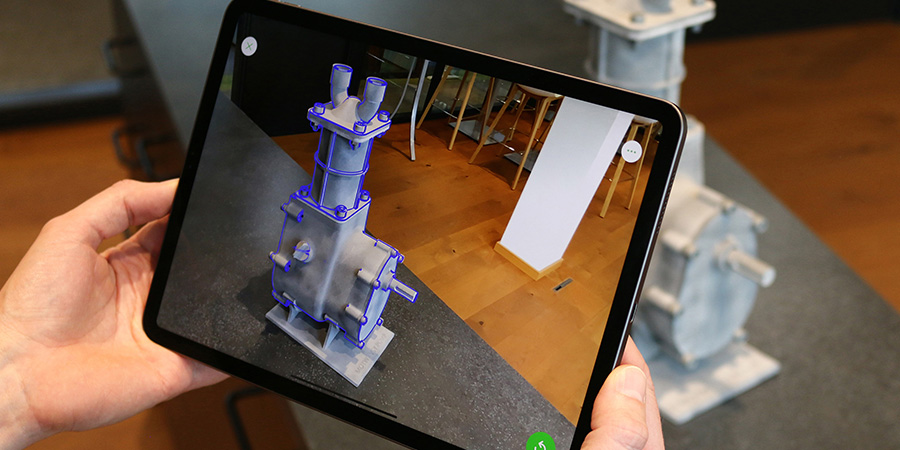Pulse of Information
Your source for the latest insights and updates.
Augmented Reality: Where Your Imagination Meets Reality
Discover how augmented reality brings your wildest dreams to life! Explore the intersection of imagination and reality in our latest blog.
Exploring the Possibilities: How Augmented Reality Transforms Everyday Life
Augmented Reality (AR) is rapidly emerging as a transformative technology that enhances our everyday experiences. From smartphone applications that allow users to visualize furniture in their homes to interactive educational tools that engage students in a multi-dimensional learning environment, the possibilities are vast. According to a report by Statista, the global AR market is projected to reach over $198 billion by 2025, demonstrating its increasing relevance in our lives. The integration of AR in industries such as retail, healthcare, and real estate illustrates its potential to not only improve efficiency but also enhance customer experiences.
Furthermore, AR can significantly transform how we interact with our surroundings and the information we consume. For instance, applications like Nike's AR features in their shopping apps allow customers to test products virtually, creating a more personalized shopping experience. Additionally, AR navigation tools, such as Google Maps' Live View, superimpose directions onto the real world, making it easier for users to find their way. As AR technology continues to evolve, its potential to redefine our daily routines and interactions becomes increasingly apparent, opening up exciting new avenues for innovation and engagement.

The Future of AR: Innovations That Will Change Our Reality
The future of Augmented Reality (AR) is poised to revolutionize how we interact with our environment, blending the digital and physical worlds in unprecedented ways. Innovations such as mixed reality headsets and advanced AR applications in mobile devices are paving the way for a more immersive experience. As we see improvements in hardware capabilities and software applications, industries like education, healthcare, and entertainment are likely to witness a significant transformation. For instance, AR tools can facilitate interactive learning experiences, while medical professionals can use augmented visuals to enhance surgical procedures, making them more precise and efficient.
Moreover, the integration of Artificial Intelligence (AI) with AR technologies is set to redefine user experiences in various sectors. With intelligent algorithms analyzing user interactions, AR can provide personalized content that caters to individual preferences. The rise of AI-driven AR applications will likely enhance marketing strategies, allowing businesses to create engaging ads that resonate better with their audiences. As businesses adopt these innovations, the way we perceive and react to marketing and product placements will fundamentally shift, leading to a more connected and interactive reality.
What is Augmented Reality and How Does It Work?
Augmented Reality (AR) is an innovative technology that overlays digital information—such as images, sounds, and text—onto the real world, enhancing our perception of our surroundings. Unlike Virtual Reality (VR), which creates a completely immersive environment, AR allows users to interact with both the digital and physical worlds simultaneously. This technology is made possible through devices like smartphones, tablets, and AR glasses, which utilize sensors, cameras, and advanced software to interpret user environments and configure digital content accordingly.
AR technology operates through a complex process that involves several key components:
- Input Devices: Using GPS, cameras, and microphones to gather data from the real world.
- Processing: Analyzing the input data to determine how to position digital content.
- Output Devices: Displaying augmented content through screens and projectors.